The Syrian authorities believe they have found the body of Khaled al-Asaad, archaeologist and former director of the Palmyra site, killed by militants from the Islamic State group.
According to the Syrian news agency Sana, the eighty-two-year-old academic was beheaded in 2015, after refusing to lead the fighters of the terrorist group to the places where ancient treasures of the museum had been hidden.
He himself had buried the precious relics in order to save them from destruction or sale on the black market.
After his assassination, his body would then have been exposed in the center of a square in Palmyre.
Read also: Palmyra, before and after the passage of the Islamic State
Three bodies were found in the Kahloul region, ten kilometers east of Palmyra, in the eastern countryside of Homs.
Identifications are still in progress.
Tarek, Asaad's son, told the
UAE daily
The National
that he was informed by authorities on February 6.
“My brother Mohammed provided a blood sample for the DNA test which will take 72 hours to obtain the results,”
he said, adding that he wanted to
“honor”
his father by having him buried in the garden of the National Museum of Palmyra. , if the identity of the remains had to be confirmed.
“There is no place more sacred to my late father than this place.
This is our wish as a family, ”he
explains.
At the time of his assassination, Khaled al-Asaad had retired from the post of director of antiquities and museums of the ancient Greco-Roman site, where he officiated from 1963 to 2003. Considered one of the pioneers of the Syrian archeology, he had, moreover, worked with archaeologists from all over the world, helping with excavations on this site classified as World Heritage by Unesco.
His death, a testament to the extreme brutality of Daesh, sent shock waves beyond the mere academic community.
The terrorist group then engaged in numerous abuses in the ancient caravan city of the 1st and 2nd centuries and destroyed the temple of Bel on August 30, 2015, barely a week after the dynamiting of the temple of Baalshamin.
These acts, qualified as “war crimes”, had been condemned by the United Nations.
Read also: Syria: German archaeologists mobilized
In addition to the destruction, the Islamic State had largely enriched itself by reselling many treasures of the Middle East, via intermediaries operating on the European black market.
In 2015, Irina Burkova, then director general of Unesco, declared that ancient sites in Syria and Iraq were looted on an
"industrial scale"
,
after reporting that a fifth of some twenty thousand Iraqi archaeological sites had fallen. under the control of Daesh.
The defeat of the Islamic State did not end this lucrative traffic in the region.
In 2016, in particular, the Syrian soldiers were, in turn, accused of the same misdeeds.

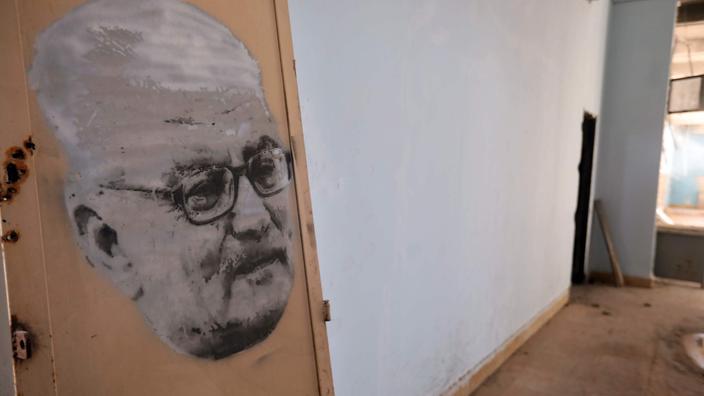
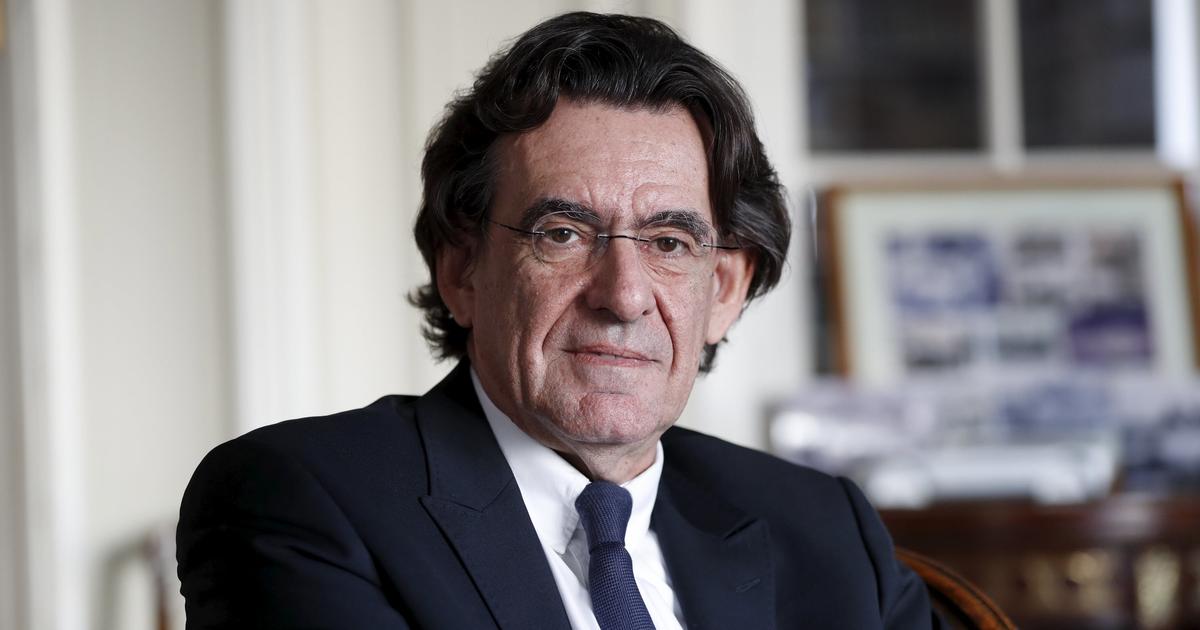


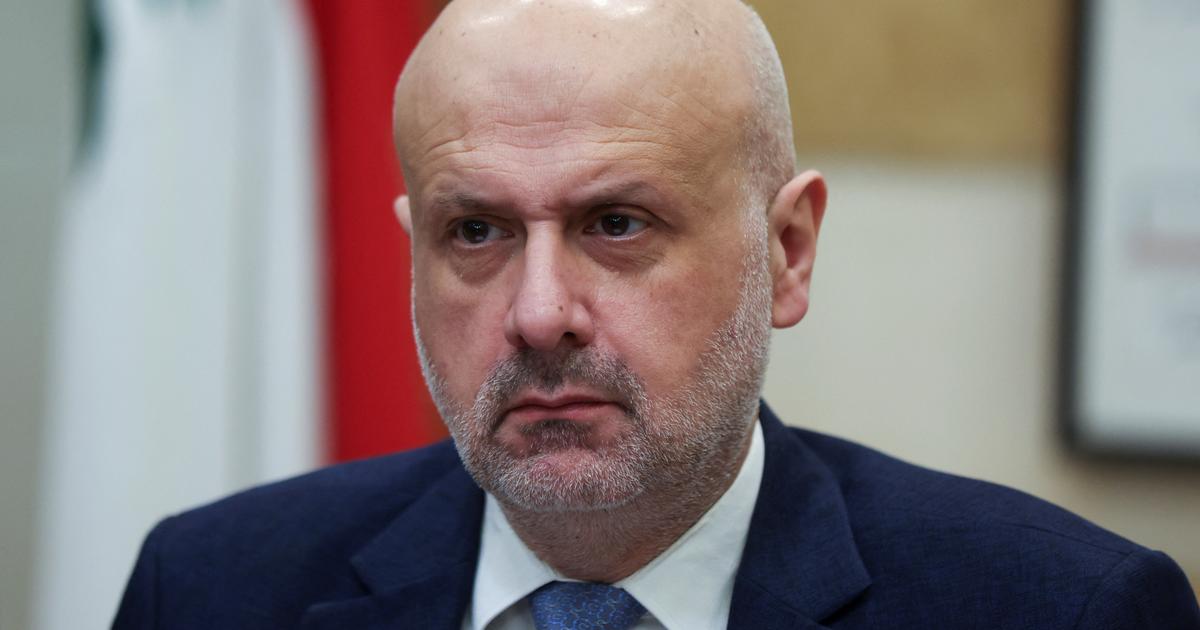
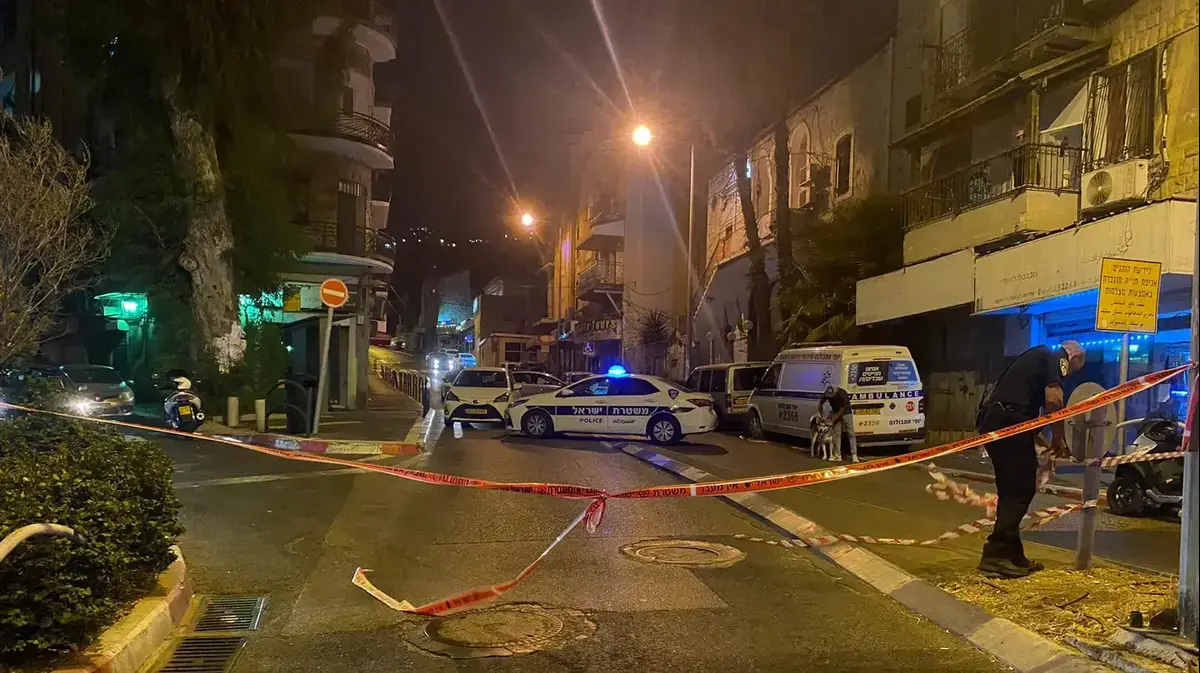
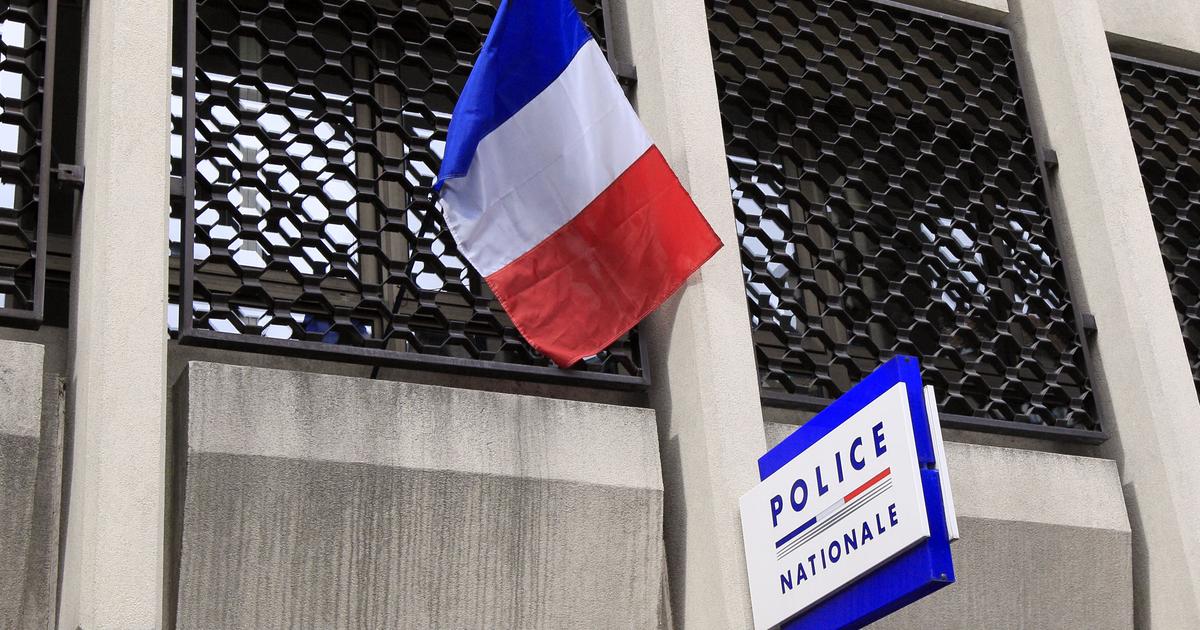
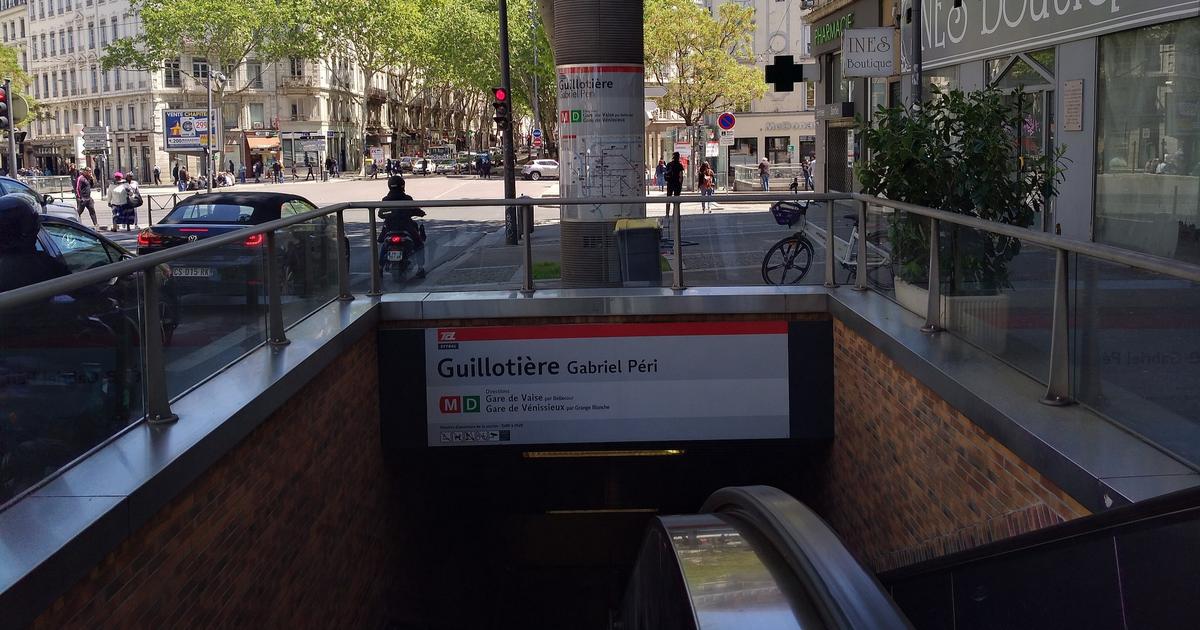


/cloudfront-eu-central-1.images.arcpublishing.com/prisa/KMEYMJKESBAZBE4MRBAM4TGHIQ.jpg)



